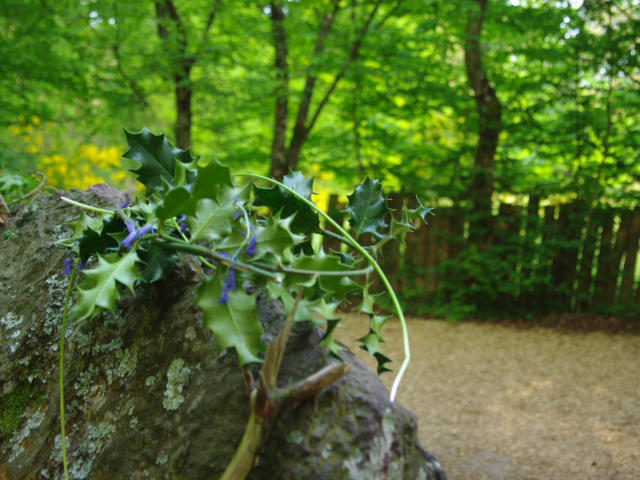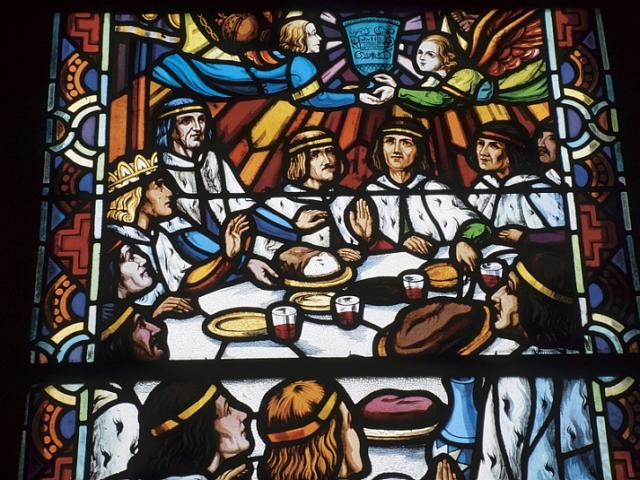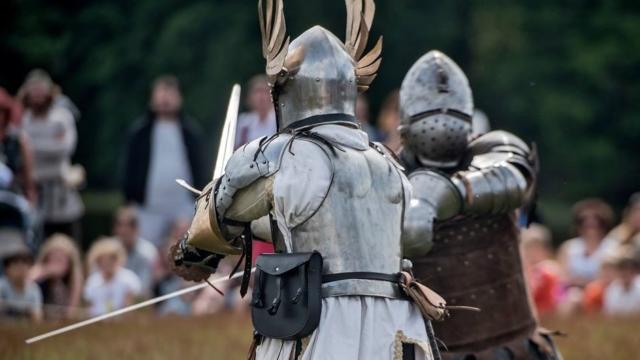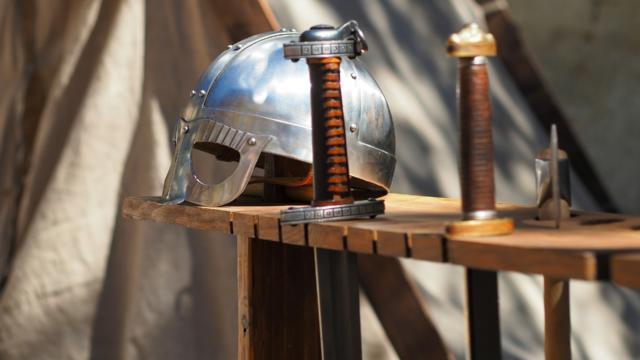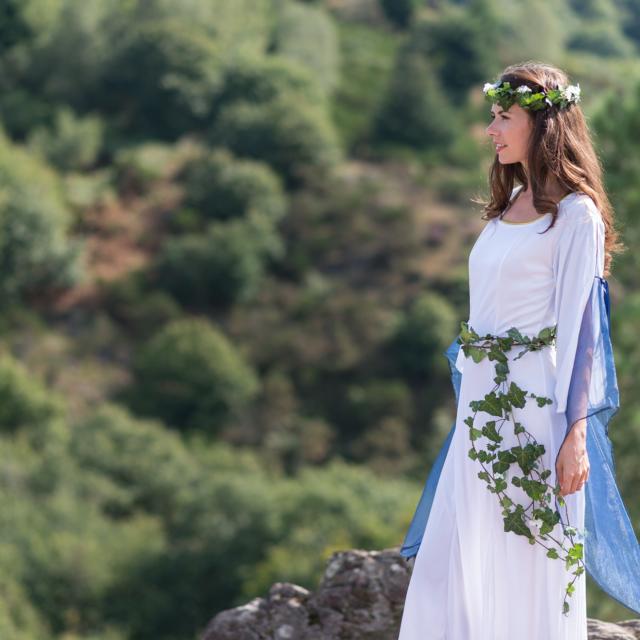
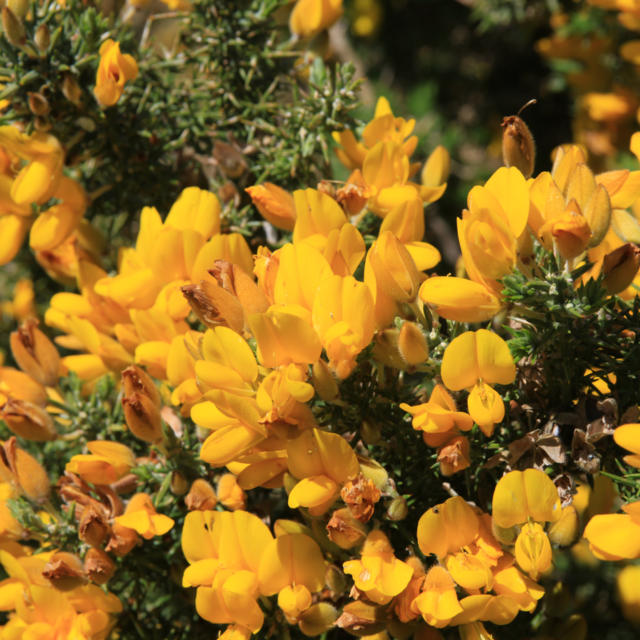

LA DAME D’AVALON
The 1st book where the fairy Morgana is met, the Life of Merlin, is written around 1150 by a Welsh monk, Geoffroy of Monmouth. In this book, Morgana, healer, astrologer, magician, is able to fly in the form of a bird. Along with her 8 sisters, she rules the island of Avalon, where she watches over the sleep of King Arthur.
KING ARTHUR’S SISTER
Some twenty years later, the French novelist Chrétien de Troyes presents her as a generous, healing, skillful princess. He specifies that she is the daughter of Ygraine and the Duke Cornwall, thus the sister of Arthur. Sometimes she lives freely with her lovers, sometimes she is married, to King Lot or to Urien. Retired to Broceliande and Avalon, she deepens her knowledge of the high sciences and liberal arts, and Merlin is the only master she recognizes herself.
THE FAIRY MORGANE: MERLIN’S PUPPY
Morgana first embodies a powerful but beneficent fairy or goddess, unanimously celebrated for her great knowledge. For a time, Merlin accepts her as a student. She masters the passage from our world to the Other World, two universes where time does not flow at the same pace. This power, Morgana uses at the Val without Return. Her prisoners escape human time for a moment, which they regain when they are freed by Lancelot.
The Heir to the Irish Legends
Morgana resurrects the legacy of Mor-Rigan, the Great Queen of the Irish, at the heart of the medieval novel. She has the imperious character and the taste for power. She does not tolerate lies, perjury, or crimes of lèse-majesté: in the Valley of No Return, she punishes only unfaithful knights. Because of her many lovers, she is nicknamed the “most lustful woman of her time”: a behavior inherited from the legendary queens of the Celts, who offered the best warriors “the friendship of their thighs.”
MORGANE, HATE AND LOVE
Then the image of the fairy gradually deteriorates over the course of the novels. Morgana shows her hatred for Guinevere and for Lancelot, and follows the lovers with her evil jealousy. She even becomes the sworn enemy of King Arthur. Bent on his destruction, she tries several times to kill him and the Lady of the Lake is the only one who can thwart her machinations. The beneficent fairy with the timeless beauty finally becomes a mortal who tries to preserve her beauty by magical practices. In vain, because she ends up with the attributes of a witch.
However, some old and strong traits cannot be erased. At the end of the story, Morgana returns to fetch the dying King Arthur to take him to the island of Avalon where she will heal his wounds.
Text written by Claudine GLOT, Centre de l’imaginaire Arthurien (CIA)

